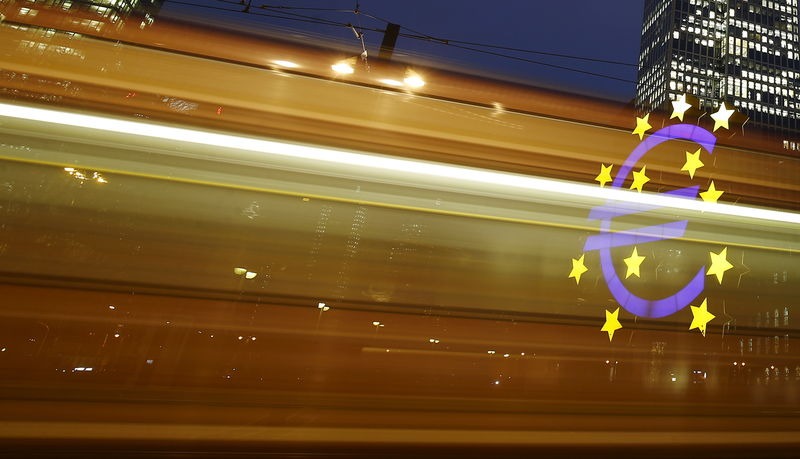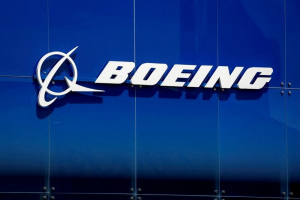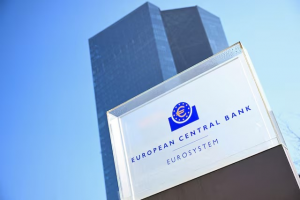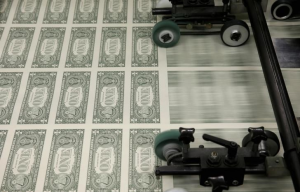According to the flash PMIs for May, the euro-zone economy is showing signs of stagnation despite the manufacturing sector being supported by the front-running of U.S. tariffs.
The services sector saw a significant weakening in May which has contributed to the overall economic slowdown, according to the latest survey on Thursday.
The PMI for the euro-zone saw a drop from 50.4 in April to 49.5 in May, falling below the predictions made by Capital Economics and the consensus, which were 51.0 and 50.7 respectively.
This indicates an economy that is at best, not growing. However, it is worth noting that the PMI has not been a dependable indicator of GDP growth in recent years.
The manufacturing sector continues to see activity due to U.S. tariff front running, as suggested by the survey.
In Germany, the manufacturing output index saw a decline from 52.3 to 51.5, even though new export orders experienced a rise. Companies reported higher sales to the US, according to the press release.
However, the euro-zone’s services sector, which is larger than the manufacturing sector, saw a sharp drop in business activity. The index fell from 50.1 to a 16-month low of 48.9.
This indicates that the small boost from front-running was not enough to keep the economy afloat, and it is expected that this boost will eventually wane.
Both the manufacturing price input and output indices saw a decline and were below the 50 "no change" mark, possibly due to lower energy prices.
3rd party Ad. Not an offer or recommendation by Investing.com. See disclosure here or remove ads. The services price indices were still above 50, but have returned to levels typical before the pandemic.
Capital Economics believes that this data supports the case for further monetary easing by the European Central Bank (ECB).
They expect the Governing Council to reduce interest rates at the meetings in June and July.













